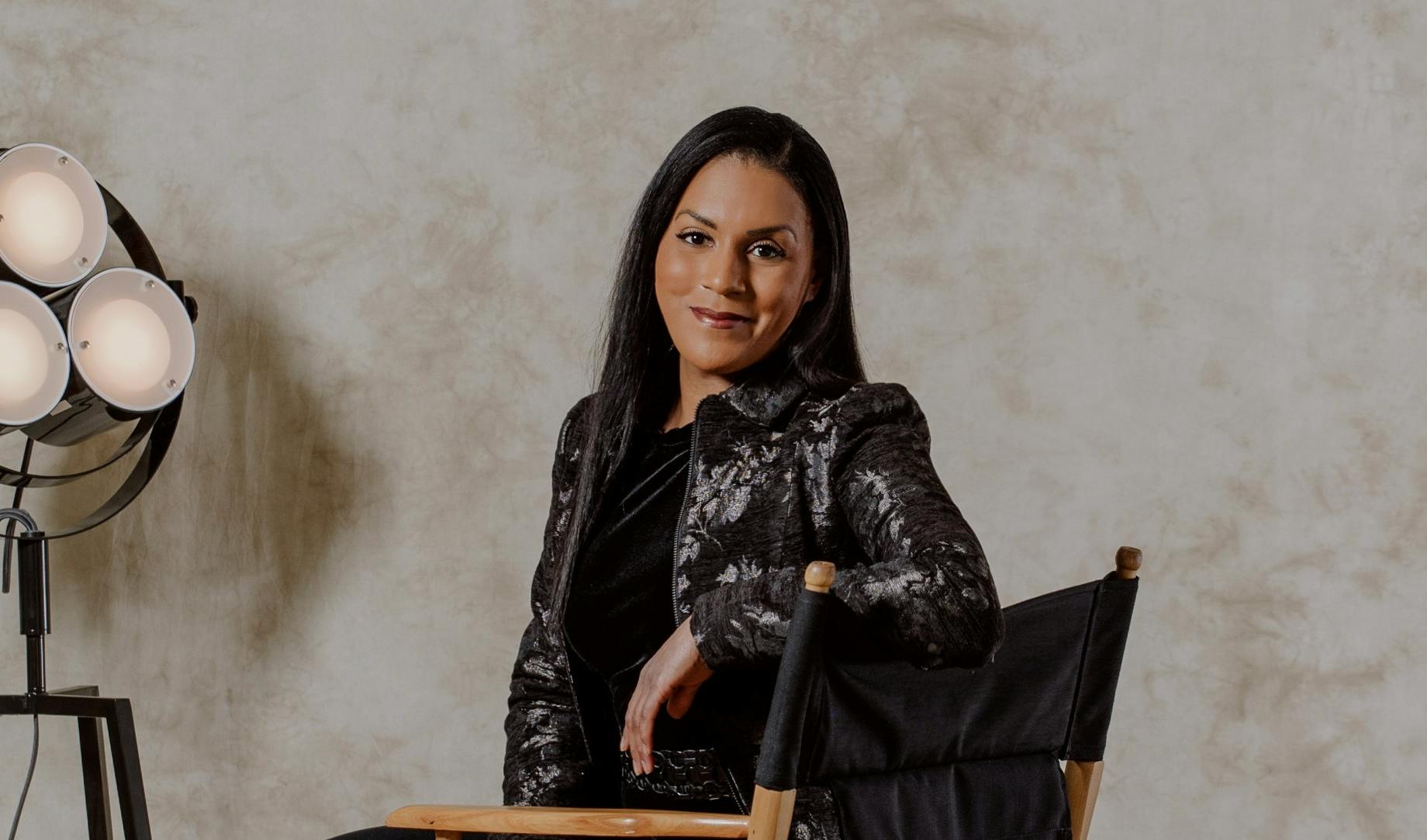
Why investors should bet on British biotech | Gillies O’Bryan-Tear former Algeta CMO
Gillies O’Bryan-Tear has spent more than four decades working with big pharmaceutical companies and fledgling VC-backed firms. Following his appointment as chairman of a spin-out at University College London, we discuss why British biotech is on par with its American rivals – but some challenges still remain.
O’Bryan-Tear was Chief Medical Officer for five years at the Norwegian drug maker Algeta before it was gobbled up in 2014. Since that successful exit, he has been advising two VC-backed biotech companies in North America, including gene therapy company Audentes, which recently listed on Nasdaq, the U.S. secondary market. He has been on the board of several small pharmas and worked as an independent consultant for companies in the UK, U.S. and on the Continent. More recently, he has returned to University College London, his alma mater where he trained in medicine, via Nurole, to chair a spin-out.
There’s been talk of Britain struggling to make spin-outs a commercial success, whereas in the U.S. it’s much more fertile ground. Why do you think that is?
It is often said that the problem with Britain is not starting up or spinning out companies, it’s getting them to scale. The universities – UCL, Imperial College, Oxford, Cambridge – match the best in the world in terms of scientific ability, productivity, the labs. The UK biotech sector is a bright beacon of hope for our future economic wealth, it matches the IT sector. But they [companies] get bought early, often at around the $1 billion mark, because they don’t have the scale to compete and grow themselves. That’s a shame because the ownership often passes to a foreign nation.
In the U.S. it’s a much bigger market and investors have much deeper pockets, maybe three to five times the size. They have a much better informed array of analysts and former scientists who are venture capitalists. We have a handful of very well-qualified, scientific VCs.
What makes investors tick when they look at backing biotech businesses?
There are three stages when you can invest: pre-clinical, when it’s just a research idea, but it may be a promising mechanism; early clinical, where you’ve got some clinical results and you can judge those with experts; and phase three, where you’ve got to look at the commercial market and whether the company has struck a good deal with a big pharmaceutical company – you generally need a deal because you need the scale.
If you invest early stage, it is all about the management team. Investors will look at the management team first and then the asset. They need the asset to be promising, but they need the management team to be good. That’s important. A good team, even if the asset doesn’t succeed, will find another asset to develop.
At a later stage of investment, when they’re in the clinic already, it depends on the milestones to success to date and how you interpret the data. You need experts, analysts to help you interpret what that data means, how good it is. And of course, at a much later stage, it’s the commercial potential.
How do you get through regulation in the U.S. and Europe, how does the process differ?
Every company has to deal with their respective regulatory authorities. In Europe you’ve got to deal with the European Medicines Agency (EMA) and in the States you’ve got to deal with the Food Drug Administration (FDA).
From years of working with small companies, and I have done due diligence and worked for them, the FDA is much more helpful. It is better informed, but it has an advantage: they have been a unitary authority for years. The EMA isn’t as good. The problem is that they come from 27-28 different countries and they have to work together. It’s fantastic you can approve a drug in all 27-28 markets, that was a huge step forward, but their expertise is not yet at the level of the FDA.
The EMA isn’t as quick either. The FDA is very professional, especially in oncology. In one case, the FDA approved a drug in five months, whereas the EMA took a statutory 15 months. It’s about the quality of the interaction too. The FDA gives a lot of help to small companies, whereas the EMA advisory process is quite formalised; somehow the FDA is more approachable.
The way companies handle these regulatory agencies, they use regulatory consultants who are often ex-employees of the agencies and they know their way around.
You’ve covered the whole spectrum from small companies to big pharma, who do you prefer working for and why?
All professionals in pharma should get some experience of small companies. It doesn’t matter too much when, although I always advise people to have a spell in a big company first to learn the skills and then jump into a small company.
Some people are quite conservative with their careers, they want to stay with a big company, have their pensions. Working for a small company is quite liberating. You don’t get the office politics so much, you have a bigger impact and you can span across a wider range of functions. In big pharma you are stuck in one department and you might not do anything else for the rest of your career, be it regulatory or something else.
The other thing about small companies… If you get an equity stake, which generally they reward people with, you can make serious capital in a way that you can’t in big pharma unless you get to a very senior level. That’s a real struggle and not everybody makes it.
What should a company consider when it is preparing for an exit?
The strategic decision when you have a biotech company in Europe is always: do you list on Nasdaq to get a valuation three to five times higher – but you have to deal with all the regulatory red tape that that entails and costs – or do you stick with a European listing? That’s a common decision point all biotech companies in Europe have to reach and take.
How did you find the Nurole experience?
I wasn’t really looking for a new role. Nurole was mentioned to me by a friend. To me, as an industry veteran, who went from big pharma to small pharma and then independent, it was a good way of connecting with that sort of start-up. These small companies would never use a traditional headhunter and I’m not with a headhunter anyway. It fills a good gap. It all clicked for me. Plus, the fact that this banking friend of mine, who is a very senior guy, was using it to find non-executive roles – that validated it for me.
Let’s finish with some quick-fire questions…
The best advice you have been given?
When I was a junior medic, my headhunter said about me, ‘this man is going to succeed, he’s got what it takes’. That was encouraging early on in my career. I didn’t have mentors in the way that some people do. I have been much more active mentoring people when I got to a more senior position. I think that’s important. Give back a little to the younger men and women.
Your biggest break?
Joining Algeta at a time when I was a successful independent consultant and I could have carried on with that quite easily. It was a step in the dark, it was a fantastic decision. I really enjoyed it.
Last holiday?
Verbier, in Switzerland, to ski. I’m a big skier.
What are you reading at the moment?
Rory Stewart, The Places in Between, about his walk across the central mountainous region of Afghanistan where he discovered a lost mountain city.
When did you last cry?
I’m not going to answer that. I cry at movies.
When does your alarm go off and how many hours of sleep do you get on average?
6.30am because I have a school run and I get about six, seven hours of sleep.
How do you wind down?
I cycle in Hampshire, I read, I connect with my friends who are from all walks of life.






